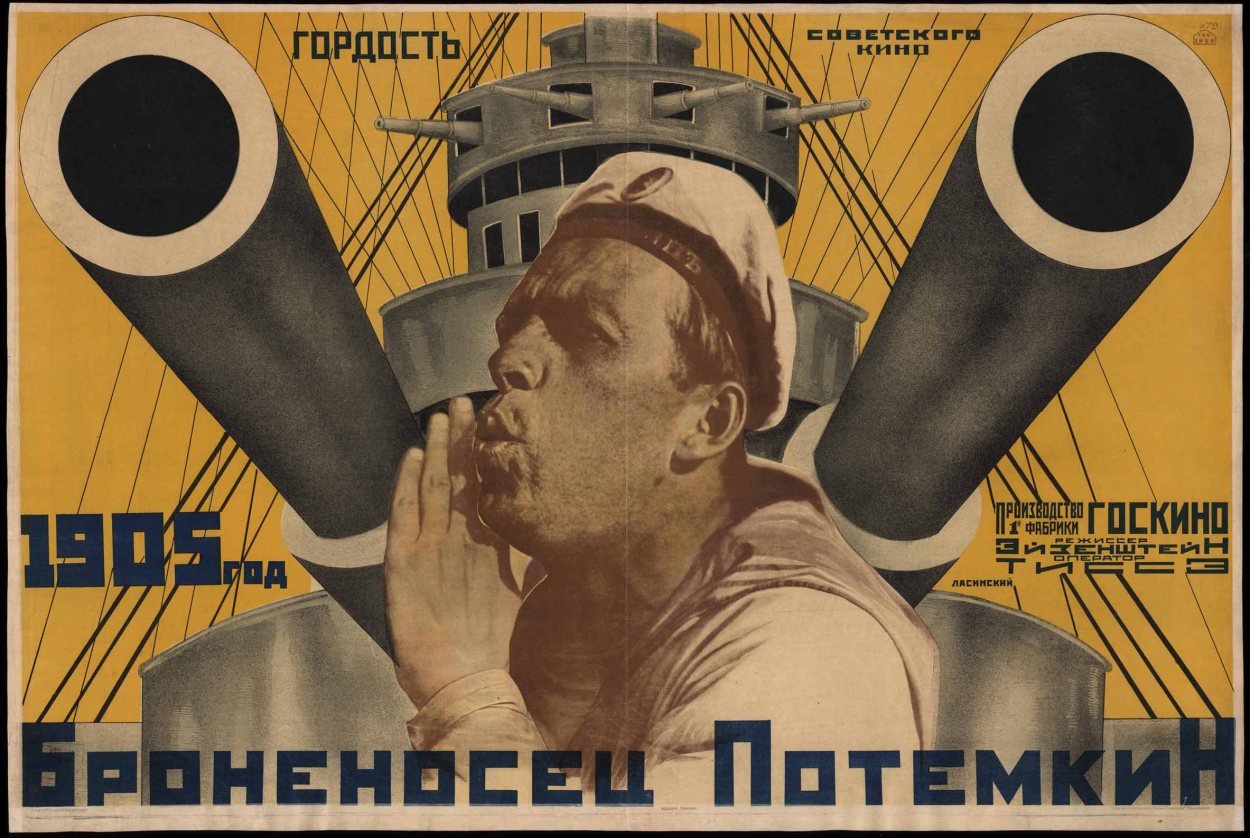Table of Contents
Have you ever thought about how directors and composers use music to highlight class conflict? The magic of the cinematic experience is not just in what you see, but also in what you hear. The musical score plays an integral role in shaping our perception of the film’s narrative, sending subliminal messages that can often go unnoticed.
Music doesn’t lie. If there is something to be changed in this world, then it can only happen through music.
Jimi Hendrix
In this article, we will unravel this fascinating web, delving into how music serves as a proletarian voice in film, echoing the silent struggles of the working class. Whether it’s the resounding anthems associated with the underdogs or the elegant classical pieces often linked to the upper class, music is a powerful tool that helps portray class conflict on the silver screen.
Laying down the Base Notes: Understanding the Use of Music in Film
Before we venture into the significance of music in mapping class conflicts, let’s first comprehend the pivotal role music generally plays in film :
- Setting the Mood: Music sets the emotional tone of a scene. Whether it’s a fast-paced thrilling chase or a tender moment between two characters, music underscores the mood and enhances the emotional impact.
- Characterizing the Protagonists: Oftentimes, characters have associated themes or melodies. These musical cues can provide insight into a character’s personality, predicament, or social position.
- Creating Continuity: By using recurring themes or variations of a melody, music provides a narrative thread, linking disconnected scenes and helping maintain continuity.
Now, with this foundation, let’s stride ahead and explore how music portrays class conflicts in films, singing the often unsung stories of the proletariat.
Harmonic Hierarchies: How Soundtracks Convey Class Conflict
Picture this: a lavish, aristocratic party filled with tuxedoes, sparkling chandeliers, and overflowing champagne—the score teeming with grand orchestral movements, sublime and sophisticated. Now, imagine a crowded, working-class bar—the music raw and earthy, dominated by guitar strums and foot-tapping beats. Without a doubt, these sounds play a crucial role in creating the socioeconomic atmosphere in films. But how exactly do soundtracks convey economic disparity? Let’s delve into the finer nuances.
In the early days of cinema, music was primarily used as a background element, often played by a live orchestra in the theater. The music was typically classical in nature and didn’t specifically depict class struggle. However, as film evolved and sound became an integral part of the medium, filmmakers started using music to enhance the narrative and convey deeper themes.
Noted Soviet film director, Sergei Eisenstein, was known for collaborating with prominent orchestral composers, including Sergei Prokofiev and Edmund Meisel. Despite the different composers Eisenstein worked with, a common thread in his films is the use of music as a tool to depict class struggle and social conflict. This is particularly evident in the way the scores often reflect the emotions and experiences of the proletariat.

Depicting Affluence Through Classical Tunes
More often than not, films employ classical music to signify wealth and high society. Peak into the grandeur of movies like The Great Gatsby or Pride and Prejudice where opulent parties are often accompanied by classical symphonies. These refined tunes reflect the refined tastes and social stature of the characters in focus. The message is clear: these are the people of means.
Soundtrack as a Solidarity Symbol for the Proletariat
While the upper class in films revel in classical melodies, the working class finds its representation in folk and rock genres. These genres, rooted in people and their stories, articulate the struggles and camaraderie of the working class. Consider films like Billy Elliot or The Commitments, where clearly, music is the voice of the common people.
But why this stark contrast in musical choices? It’s not just about creating an affecting backdrop—movies often leverage music to dramatize class struggles and, thus, keep you hooked to the narrative.
In recent years, the use of music to depict class struggle in film has become even more sophisticated. Films like ‘Parasite’ use a blend of classical and modern music to underscore the stark contrast between the wealthy and the poor. The music is used strategically, often shifting in tone and style to reflect the changing dynamics of class conflict.
Nuancing the Use of Music in Film
Music, in films, is not just mere soundtrack but a socio-political marker. Think of films like Rocky—a working-class underdog’s tale set to a rock-packed score. Or Titanic, where a haunting woodwind instrument signifies Rose’s affluent yet stifling world, while lively Irish jigs encapsulate Jack’s lower-class, free-spirited existence. It’s evident that the right choice of music can make a story compelling and relatable, while shedding light on societal structures and disparities.
The Musicality of Resolution
Finally, let’s not forget the proverbial soothing tune, often used as a metaphor of class conflicts resolution. The uplifting, harmonious melodies typically signify the triumph of the underdog, the union of different classes, or the dawn of societal change—encouraging viewers to question societal norms and pioneer change.
The function of music is to release us from the tyranny of conscious thought.
Sir Thomas Beecham
Through its melodies and rhythms, film music doesn’t simply entertain—it educates and illuminates. It lifts the veil on societal frameworks and stark disparities, prompting conversations about class struggles and social mobility. So, next time when you hear a particular piece of music in a movie, listen closely—it might be revealing more than you think.

